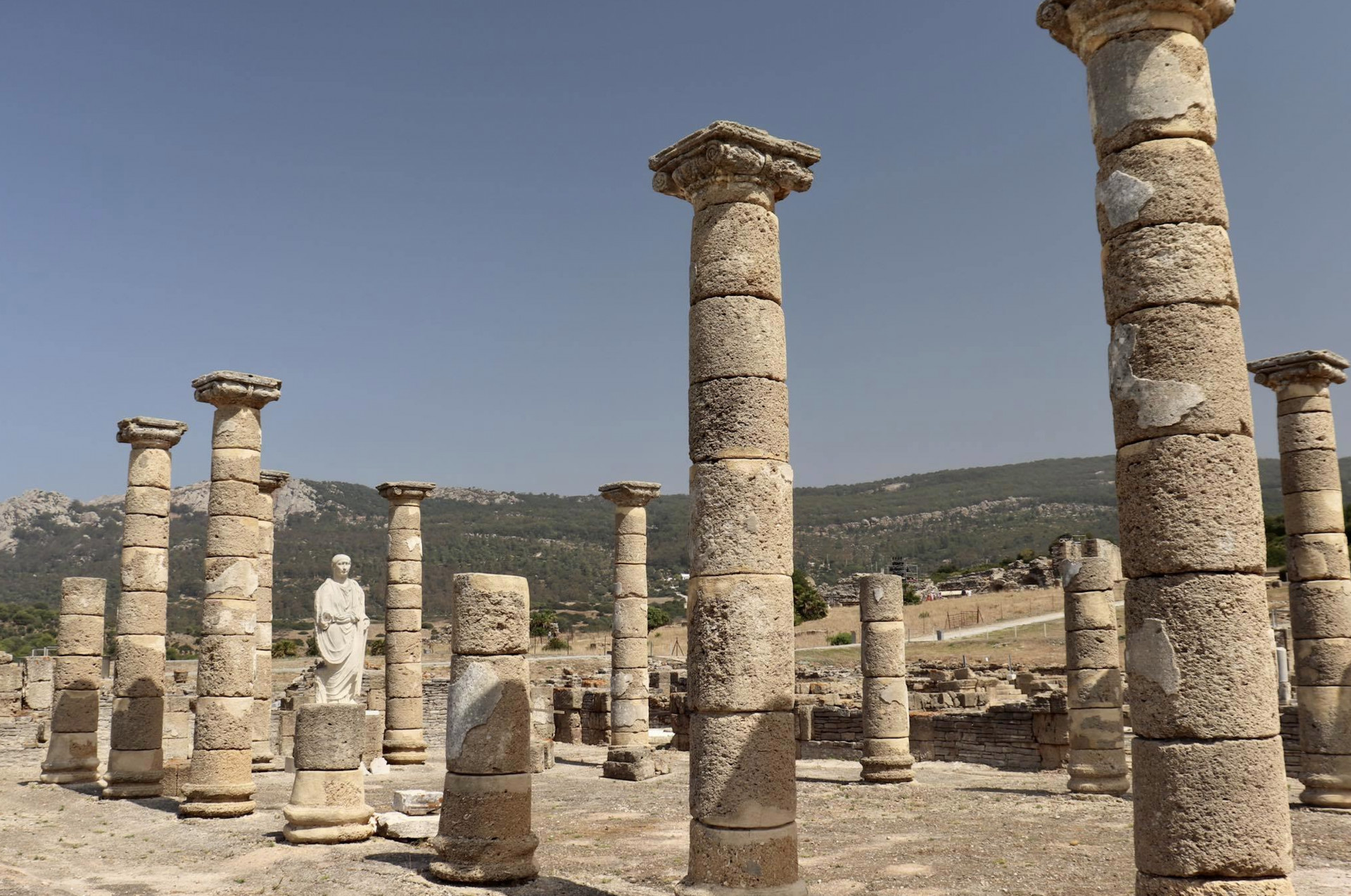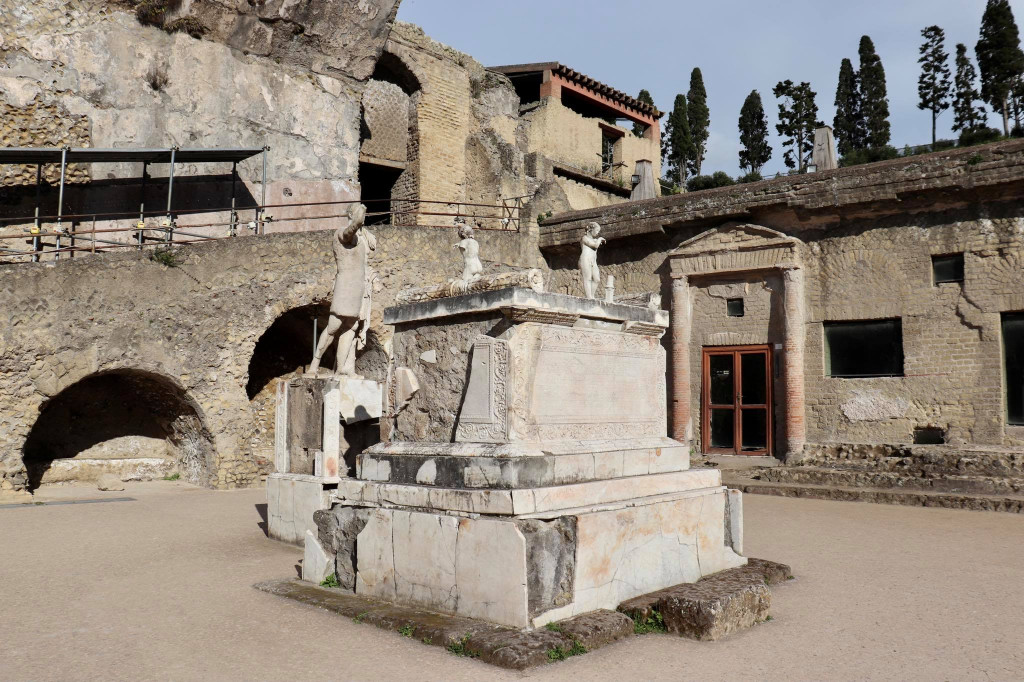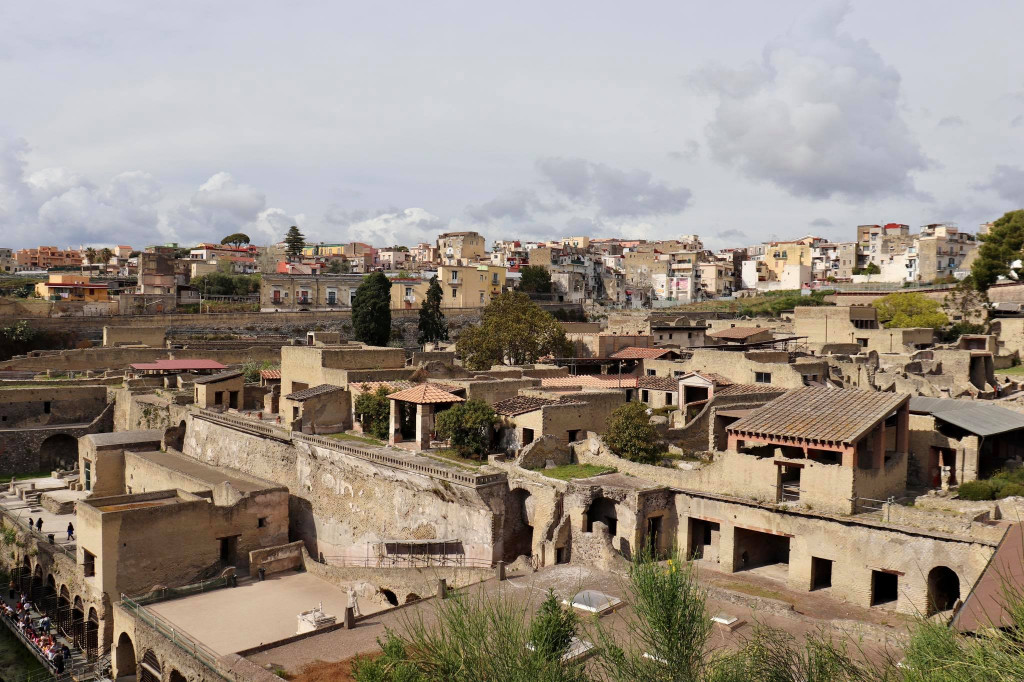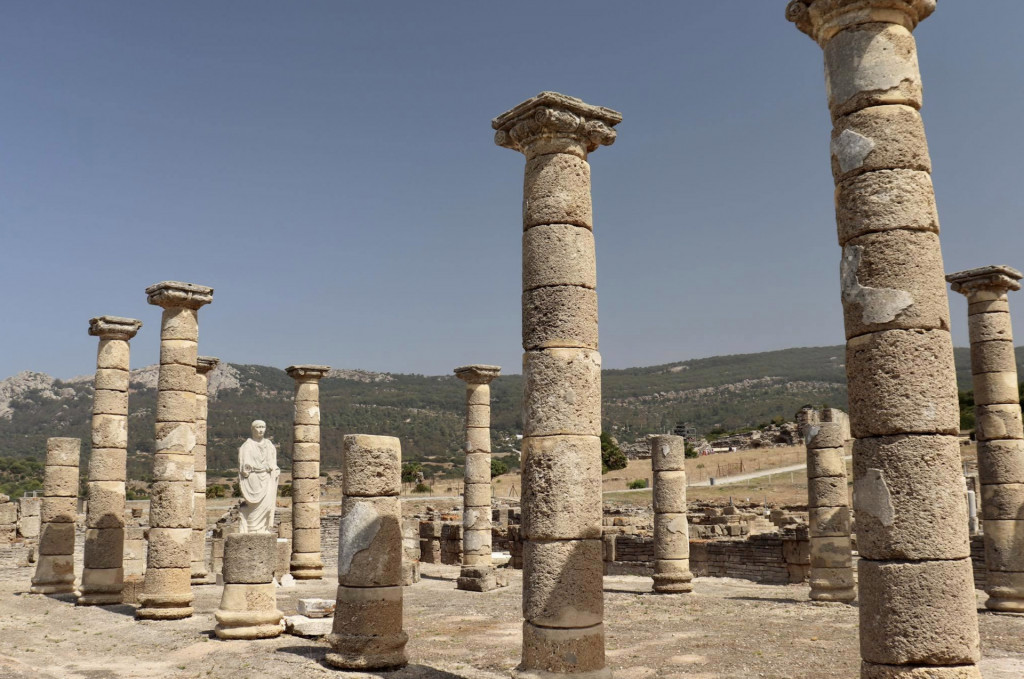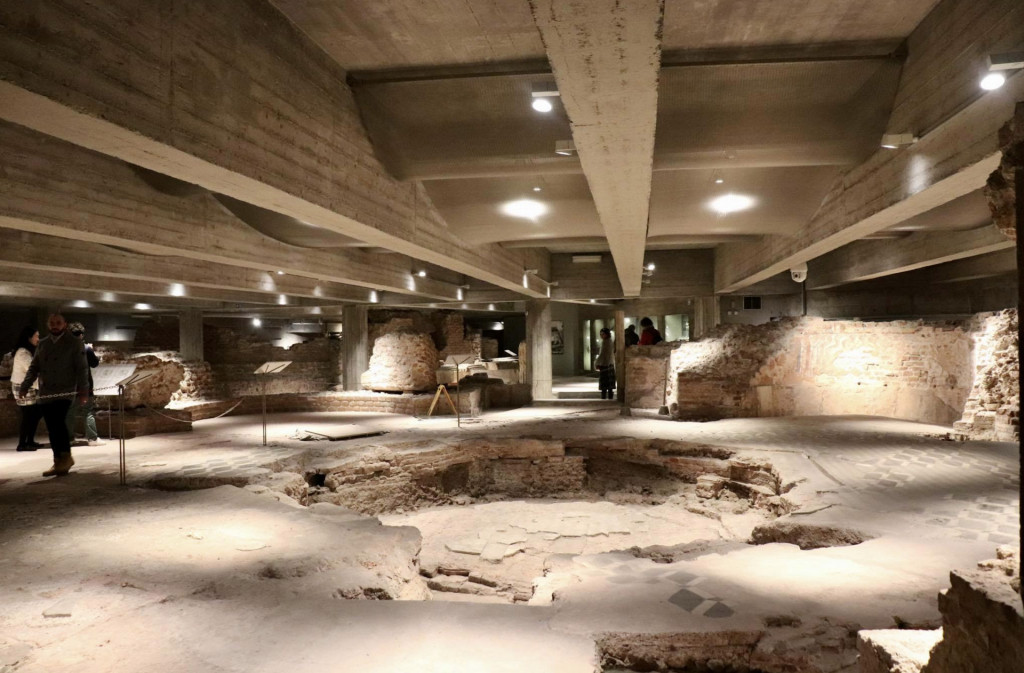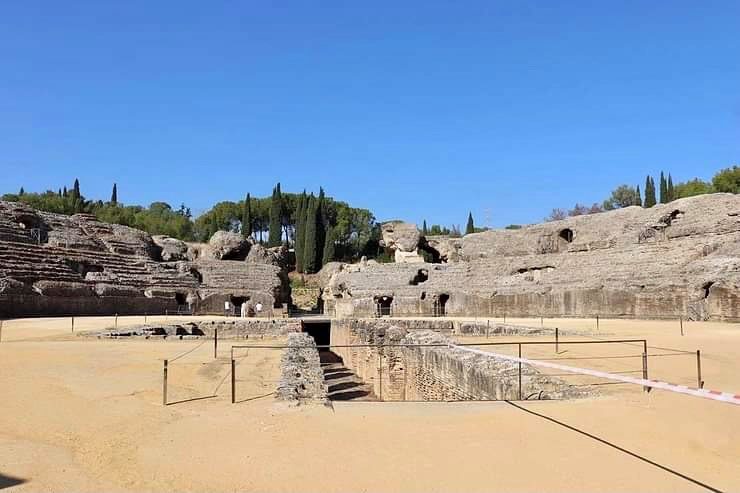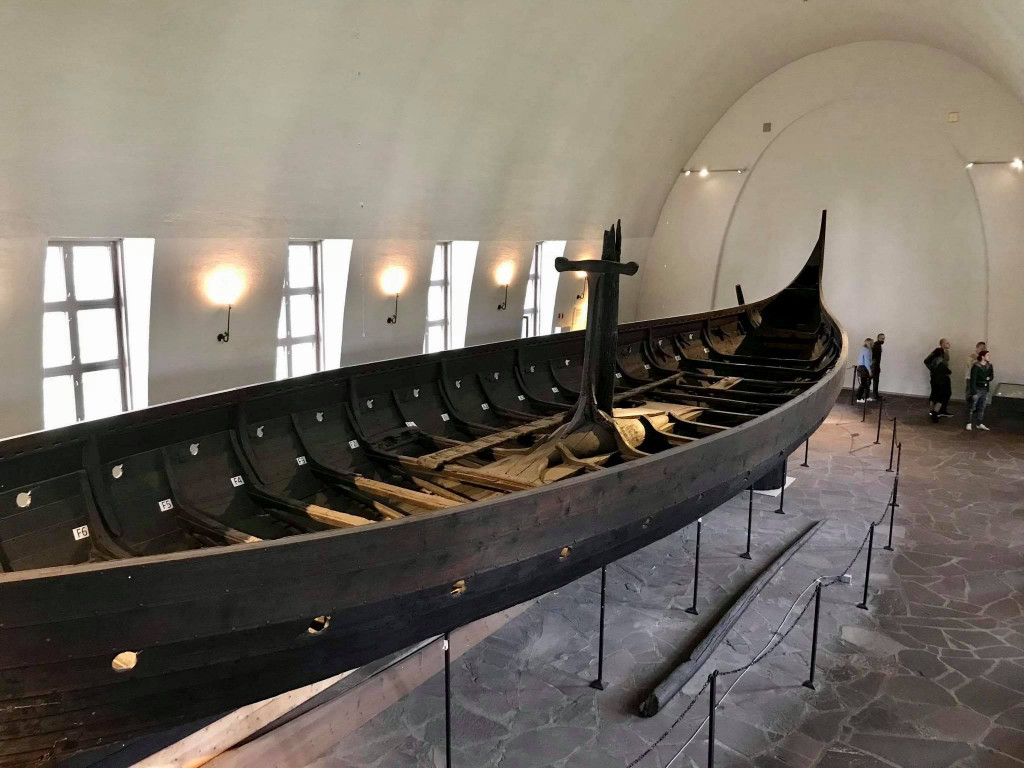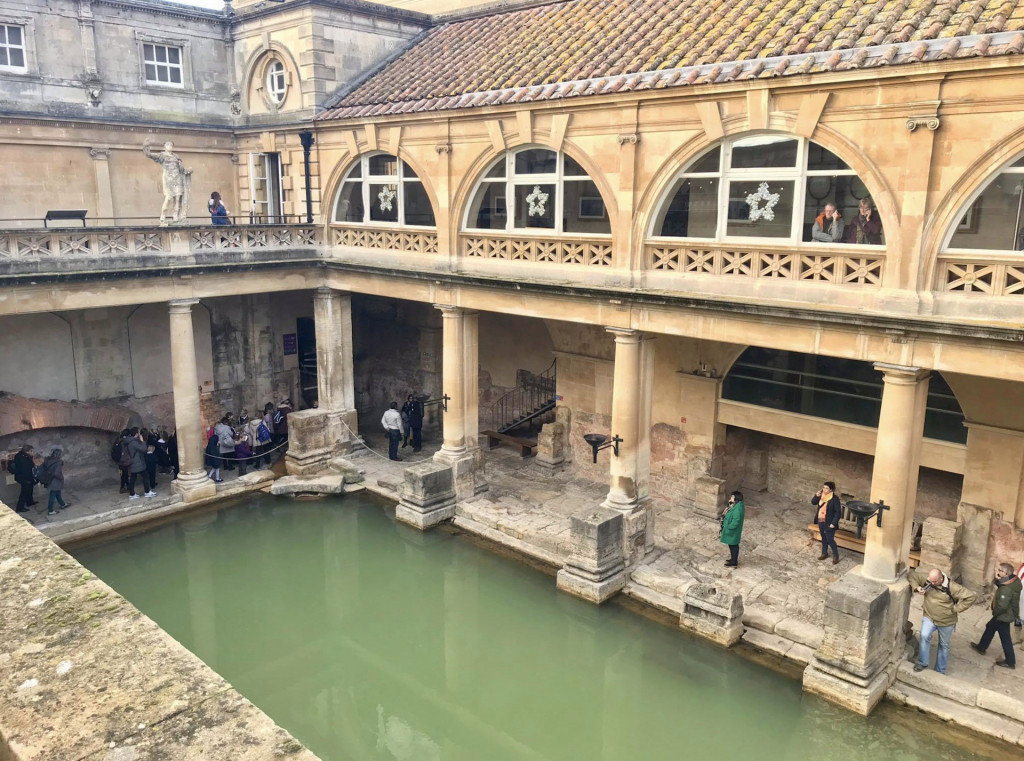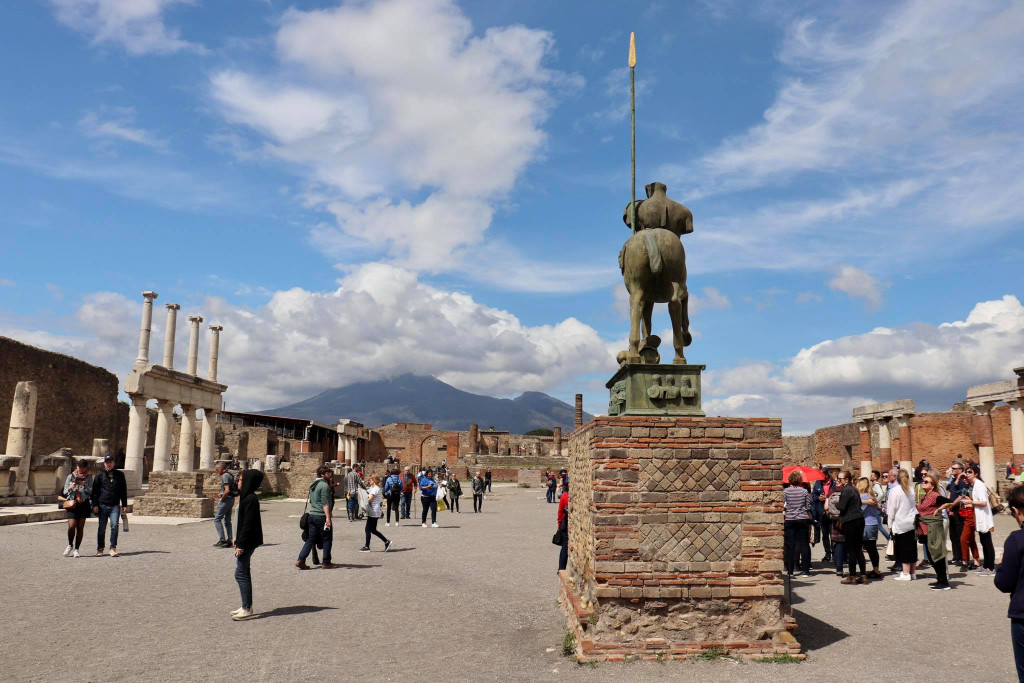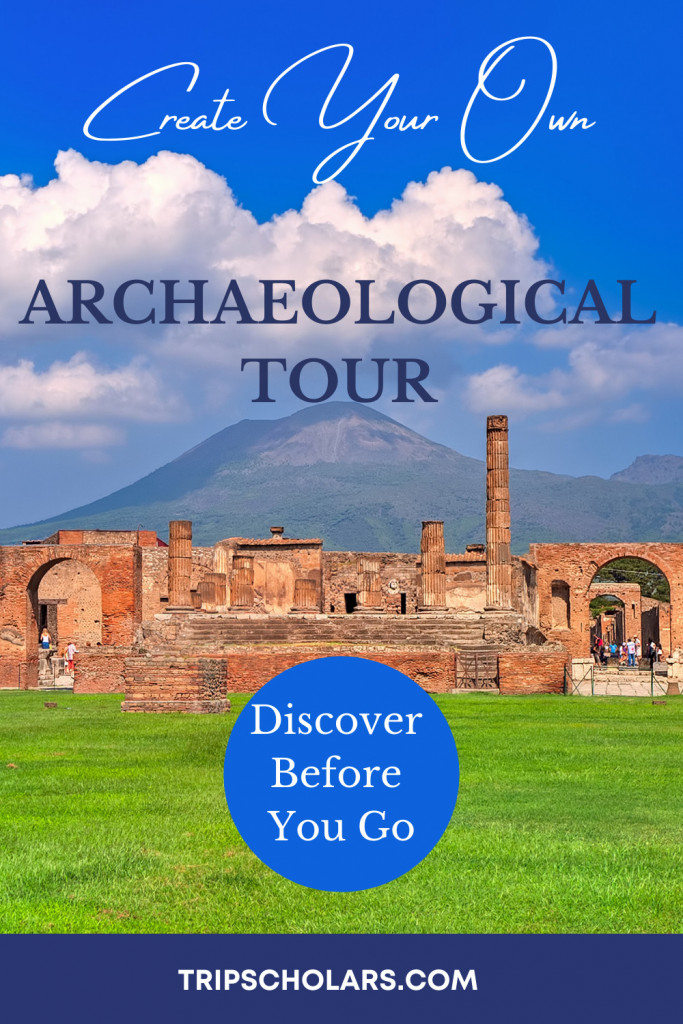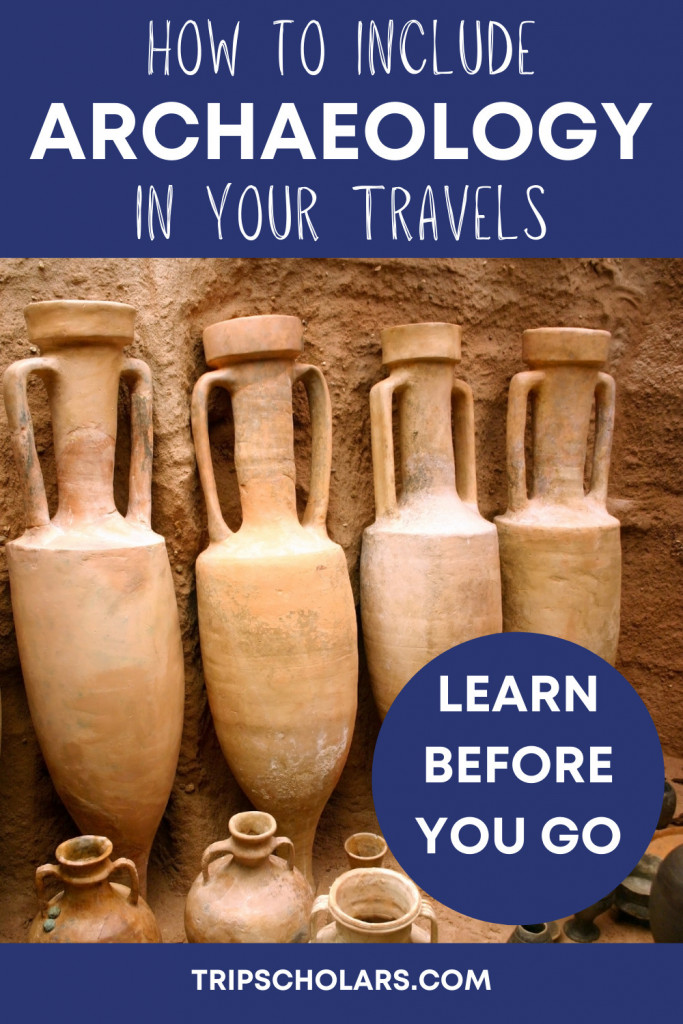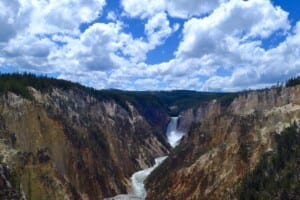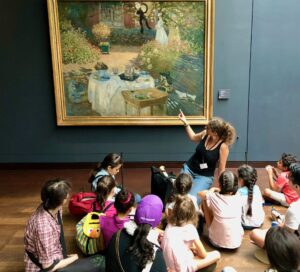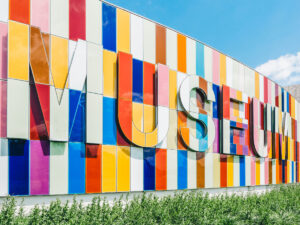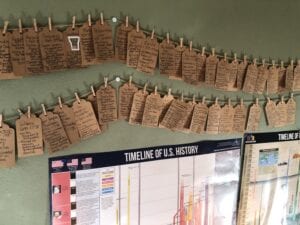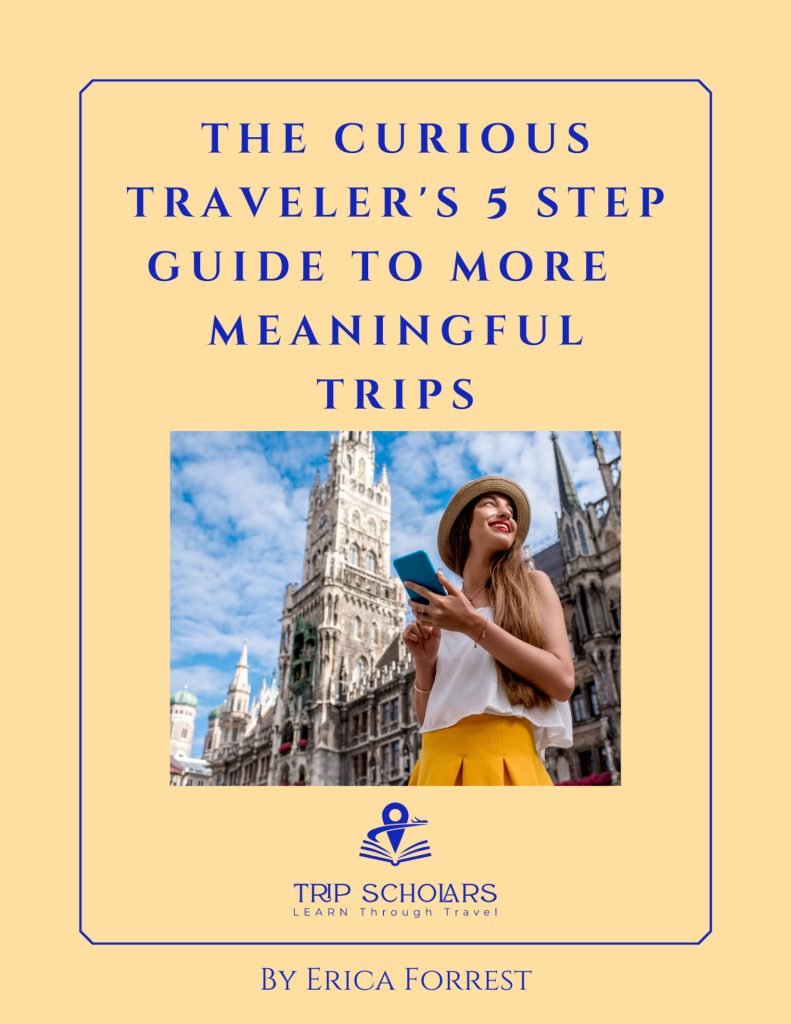How to Create Your Own Archaeological Tour
Baelo Claudia, Spain. Photo by Krista the Explorer
This post may contain affiliate links which means Trip Scholars may make a small commission (at no extra cost to you) if you make a purchase. As an Amazon Associate I earn from qualifying purchases. Read more here. Thanks for helping us keep the lights on!
You have likely already enjoyed some archaeological travel on past trips. Whether you’ve intended to or not, chances are that you’ve visited or walked by at least one archaeological site during a trip. These sites don’t necessarily need to be enormous structures or large settlements that attract thousands of visitors a year – the smallest, most unimposing find can have a fascinating history behind it too. Even something as small as a cup found in a field where Vikings were known to roam is considered archaeology, and for those of you who like to visit museums while you travel, you’ve no doubt seen a lot of artifacts on display from all over the world already.
Incorporating archaeology into my travels is one of the first things I do when I’m planning my next trip. I find that researching a site beforehand gives you invaluable background knowledge of the modern day city or town that surrounds it, and can make your trip all the more enriching.
How To Research Archaeological Sites Before Traveling to Them
1. Take a virtual archaeological tour
Before heading out on your travels, it’s a great idea to get familiar with the archaeological site that you intend to visit before actually setting foot near it. Taking a virtual tour of the site is a fun way to see the layout of the complex (if it’s a large area), or even just to see an ancient statue up close, for example. I personally find virtual tours more appealing than downloading a map of the site because I’m able to pick out my favourite areas before visiting it, which not only saves me time during the trip but also takes away any anxiety I would have had about missing an important spot.
There are a lot of great resources online that offer virtual tours of historic and archaeological sites. A great place to start is with Archaeology Travel who provide you with links for virtual tours of sites, popular museums, and even the opportunity to play around with a 3D reconstruction of the ancient Giza plateau. They also offer guided in-person archaeological tours around the world.
If you want a unique virtual tour that you can join in realtime and that will take you around the streets of Italy, Virtually Live Tours offer you the chance to see some of the more famous archaeological sites in Italy live (yes, Rome is included) right from home!
2. Research museums in your travel destination
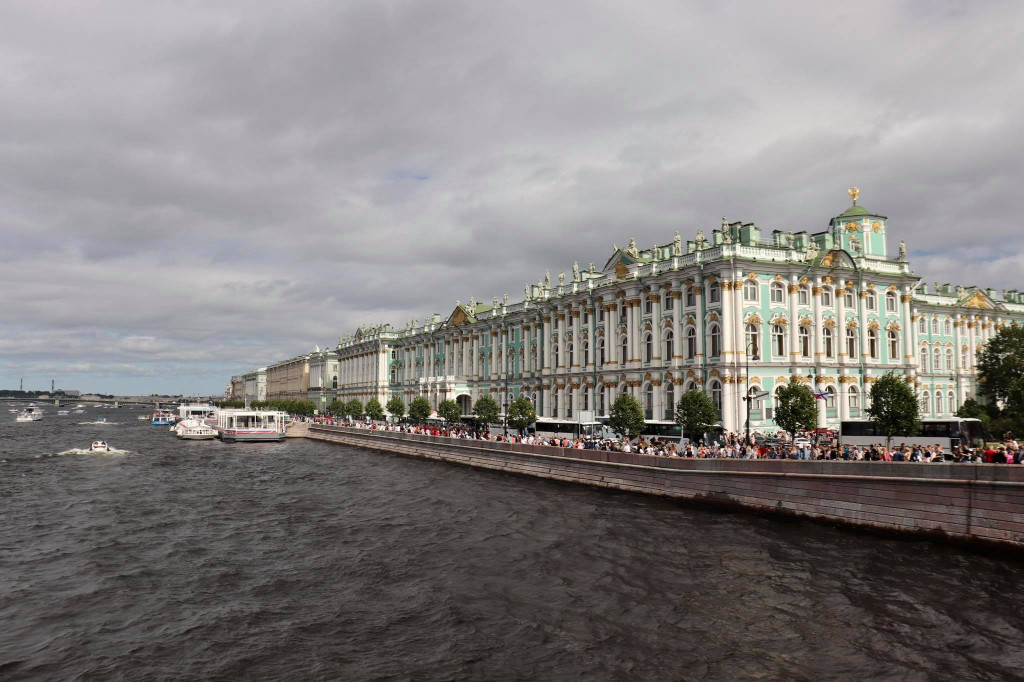
You would be surprised at how many archaeological objects end up in completely different countries to where they were found. I’m not one to visit a museum on every single trip I go on, but I do tend to research the museums beforehand to see if there’s anything on display that would interest me.
The British Museum in London, for example, is notorious for housing artifacts and remains of ancient structures from other countries, and it’s always interesting to read the background story of how these displays ended up abroad. The British Museum is home to the famous Parthenon Sculptures, which as the name suggests were taken from the Parthenon in Athens. There are still a lot of disputes happening as to whether they should stay in London or be returned home to Greece, but this is a prime example of why it’s a good idea to dive through a museum’s directory before visiting – you never know what you’ll come across!
During a trip to Russia, I was astounded when we visited the State Hermitage Museum to see just how many archaeological artifacts it held – and apparently over 50% of what they own isn’t even on display to the public! It is a massive museum, the second largest in the world actually, so I was very glad that I had done a bit of research beforehand and written down a small list of the main displays that I wanted to see. If there’s no virtual tour of the museum available that you’re visiting, making a list of things you want to see is a great way to save time once you get a physical map in your hand, so you can pinpoint where everything is located.
3. Browse through websites like UNESCO & National Geographic
One of the best and easiest ways to find archaeological sites where you’re visiting is to browse through databases such as the UNESCO World Heritage Centre and National Geographic. UNESCO has a fantastic list of sites organized by country, making it very easy to find the ones you’re looking for. I have used both websites on previous occasions to learn more about various sites.
Take Pompeii for example. Pompeii is probably one of the most well-known archaeological sites in the world, and takes a day in itself to go around. But I had no idea that there was a smaller, much better preserved city nearby called Herculaneum which a lot of people skip over, until I was on UNESCO’s website. During our trip to Naples, we were able to incorporate both archaeological sites into our itinerary and had an incredible time exploring both of them on foot.
For more about incorporating UNESCO sites into your travels read the Tripscholars’ article, Visiting the World’s Most Valuable Places.
4. Look at tourism websites, official websites, and blogs
Depending on where you’re visiting, there may or may not be an official tourism website for the location. If there is one, it’s a great resource to use before your trip to find out what points of interest the city deems to be the most important. A lot of the time, if there’s an archaeological site or historic monument open to the public, the tourism website will be heavily promoting it.
I came across a unique ancient Roman town known as Baelo Claudia, which sits directly on a beach in the southern Spanish province of Andalucia, by browsing the area’s tourism website which wasn’t mentioned in any other sources I had read.
Another great way to get more information on things to see in the place you’re travelling to is to read people’s travel blogs. Google will bring up a number of blogs for you to choose from so they’re very easy to find (don’t forget to click past page 1 of Google), or Pinterest is another great search engine to use for informative blog posts. If the site you want to visit is very popular, such as Pompeii, there will be an official website that you can also visit for the most accurate information about visiting the site and the history behind it.
5. Visit Atlas Obscura for unique places to include in your trip
Some of the time, archaeological sites are not going to be the main focal points of areas that you’re visiting, unless of course you’re on an archaeological vacation in a city like Rome. Some of the more interesting sites to visit are often overlooked and don’t make it on a lot of people’s blogs or even tourism websites, which is unfortunate but it’s the reality of the situation.
One of my all-time favourite websites to use when I’m researching unique places to visit is Atlas Obscura. If you haven’t heard of them before, they’re a great source for anything unique and off the beaten path, and sometimes there’s an archaeological site or two on their lists.
Why is archaeological travel important?
1. Context
Would you go to Athens without reading up about the Parthenon? Or to Rome without reading about the amphitheatre? Probably not. I guarantee if you’re visiting either of these popular cities in Europe, you’re going to be heading straight for these main tourist attractions. Yes, you can take a guided tour of the Parthenon and learn a bit about it in a short period of time, but you won’t really be able to put this phenomenal archaeological site into context without doing a bit more of a deep dive through its history.
When I visited Milan last year, I knew I was heading straight for the Duomo as soon as it opened. What I wish I had known about before visiting the Duomo however, was that there were ancient Roman ruins underneath the cathedral. Of course, I visited the excavation site, but I had no idea what I was looking at apart from reading the small pieces of information that were pinned up on the walls.
On the other hand, on a recent trip to the famous Roman ruins of Itálica just outside of Seville in southern Spain, I had done ample research beforehand so I had a better understanding of the site I was walking around. There’s nothing worse than visiting a site and not knowing what you’re looking at – context is key for improving your experience.
2. Appreciation of cultures
The great thing about travelling is that you really get an appreciation for different cultures that you simply can’t get if you stay at home. Culture is all around us when we travel – from the food to the clothes, but especially within its physical remains.
You can’t really get a full appreciation for a culture without learning about its past, and the best way to do this, other than by reading about it, is by seeing what has been left behind over centuries and millenniums.
The Scandinavian countries are great examples of places that people think they know a lot about because they are famed for their Viking heritage. I for one, thought I knew a fair amount about Vikings from a couple of history classes I took at university, but it wasn’t until I went on a solo trip to Oslo that I really found an appreciation and admiration for their culture.
The Viking Ship Museum in Oslo is the perfect spot to learn more about the Vikings in Norway through the various remains that have been found through archaeological excavations. The museum is one of the most popular attractions in Oslo, so chances are if you’re going to Oslo you’ll be visiting it, making it a great idea to read about the Viking ships and other artifacts that are on display before visiting the museum. Archaeology plays a key role in gaining a better appreciation for different cultures, and is something that you won’t be able to avoid during your travels
3. To broaden your knowledge
I’ve never seen the point in visiting a place and not knowing a single thing about it. Even if it’s a last minute trip, I try to research at least a small amount of information on the location – sometimes that means while I’m in transit or sitting in the hotel room! Researching archaeological sites or even an artifact that has caught your attention is the perfect way to broaden your knowledge, even before you step out of the house.
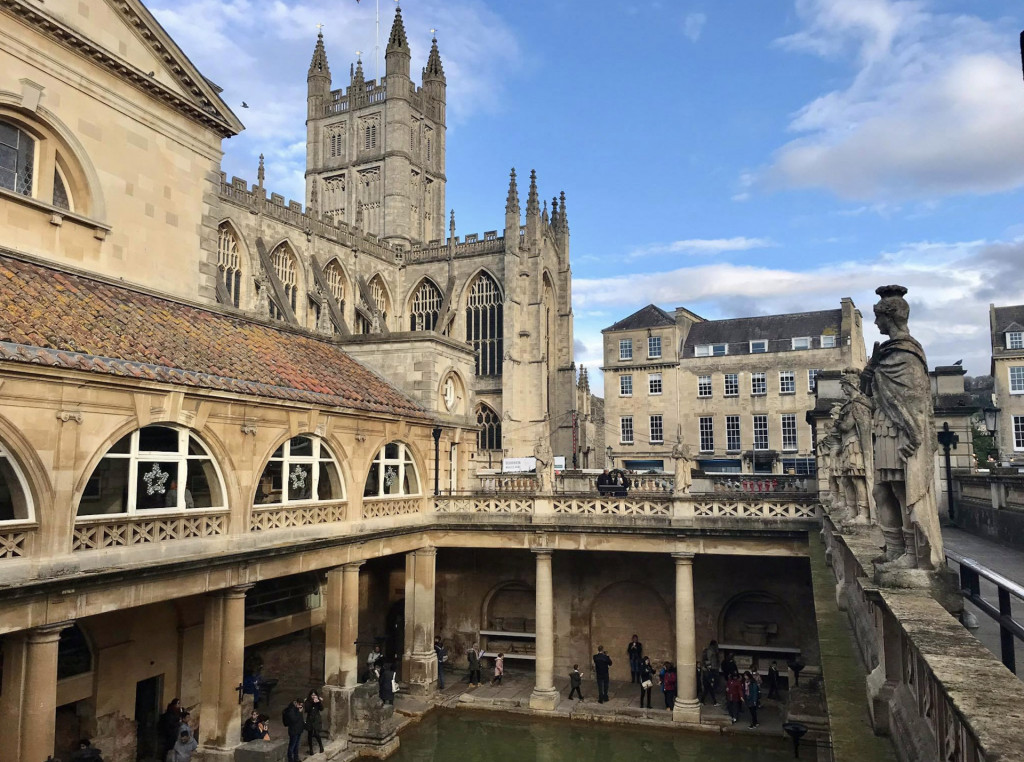
One of my favourite cities to visit in England is Bath. This city has been built upon since the time of the Romans, and is pretty much the perfect city to visit for any fan of archaeology.
But even if you know nothing about Bath and its history, just walking through its historic streets is more than enough to make you want to learn more about the city. By learning more about a city or a specific site, you’ll be able to better associate yourself with other nearby locations or places that link to one another, even if they’re in different countries. In the world of travel, knowledge is key, and what better way to broaden your views of the world than by learning about the past and the global connections that were once so important in the development of past cultures and civilizations?
The Joy of Archaeological Travel
By including archaeology in your travels, you’ll gain an unrivaled knowledge of the past and how the world has developed over thousands of years. A lot of the key tourist attractions around the world are in fact archaeological sites, so it’s within your own interest to learn more about them while you’re still in the planning stages of your trip. You may even come across smaller, less well-known sites that turn out to be the highlight of your trip. The better prepared we are to visit archaeological sites and look at artifacts that have been excavated, the more enjoyable your trips will be and the more inspired you’ll be to research further historical locations. Have you started planning your next trip yet? Are there any archaeological sites nearby that you can visit?
I’d like to send you a free gift!
The Curious Traveler’s 5 Step Guide to More Meaningful Trips
Let's Connect
DO YOU WISH YOU COULD TRAVEL MORE?
This guest post was contributed by Krista at Krista the Explorer
We love to learn from our guest writers and appreciate their expertise! Visit her website by clicking on the image or name below.
